The debate over whether video games can be considered art or not has intensified in recent years as games like Braid and Flow have taken the digital aesthetic experience to new heights. These new games are great examples, but there are much older ones that present compelling arguments as well. The best is a 1986 ZX Spectrum/Commodore 64/Amstrad CPC game called Frankie Goes To Hollywood.
If you were listening to new wave in the early '80s that name should be familiar. The British pop group who inspired name for the game were chart toppers for several years in the UK, and are best remembered stateside for their debut single "Relax". Frankie Goes to Hollywood's music was ahead of its time, especially their second single "Two Tribes" and the song's excellent music video (above).
They were no strangers to the avant garde or the controversy that comes with it. "Relax" was banned from BBC Radio while it was the #1 song in the country because of its sexually explicit record sleeve (pictured below) and suggestive lyrics. Their later single "Welcome to The Pleasuredome!" (which bears some thematic relation to the game) attracted similar treatment. The group was only big for three years, but during that time managed to make music that was adventurous artistically, politically relevant lyrically, and generally important for the cultural life of the English speaking world.

The game that bears their name is much the same. Developed by Liverpudlian (like the band), Denton Designs, and published by Ocean, the game cast the player as a flatsided sprite that just might be Frankie Goes To Hollywood lead singer Holly Johnson. The "goal" is to acquire enough pleasure points from four different categories to become a real person. Apparently the best way to do that is to wander a row of English terrace houses trying to find the identity of a murderer and as many weird minigames as possible.
The murder mystery frames the experience somewhat, but most of the game's draw comes from its minigames and the hunt for them. Almost any of the many doors in the game world can be entered, as well as many of its inanimate objects like toasters and televisions. Many of those objects in turn contain startlingly creative minigames. One requires players controlling a pan to ride clouds towards heaven whilst being shot at by angels. Another has players shooting cartoon images of world leaders in a carnival setting. Neither would probably be able to find a home in a modern game that had to be "politically correct" and "sell more than 10,000 units".
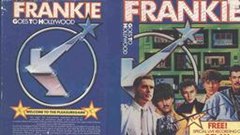 Explaining Frankie Goes To Hollywood is a fool's errand. The excellent 22-minute longplay above (Commodore 64 version) should give you a much better idea of what's going on in this unique little game. It feels a little bit like Metroid mixed with Clue set against a new wave backdrop, and would definitely self identify as art (were it living). It is challenging to appreciate, oddly beautiful, bold, and enduringly original. Sounds like art to me.
Explaining Frankie Goes To Hollywood is a fool's errand. The excellent 22-minute longplay above (Commodore 64 version) should give you a much better idea of what's going on in this unique little game. It feels a little bit like Metroid mixed with Clue set against a new wave backdrop, and would definitely self identify as art (were it living). It is challenging to appreciate, oddly beautiful, bold, and enduringly original. Sounds like art to me.
If you want to play the game yourself and don't have any of the expensive old hardware to play the original, there are good Spectrum emulators and ROMs here that should help you out.
Just updated your iPhone? You'll find new emoji, enhanced security, podcast transcripts, Apple Cash virtual numbers, and other useful features. There are even new additions hidden within Safari. Find out what's new and changed on your iPhone with the iOS 17.4 update.



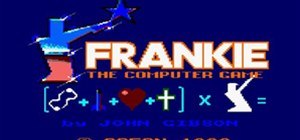






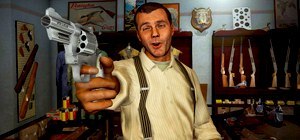


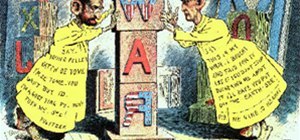

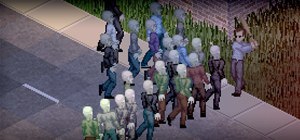













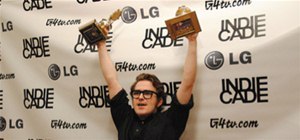


Be the First to Comment
Share Your Thoughts